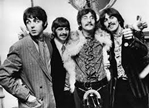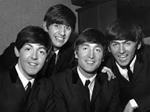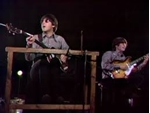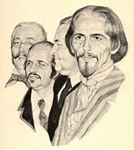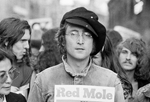The year 1962 had not begun well for the Beatles. On New Year’s Day they auditioned for Decca Records, but were turned down. In one of the most unfortunate errors of judgment in pop music history, Decca informed the Beatles’ manager Brian Epstein that ‘Four-man guitar groups are on the way out.’
Undeterred, within a matter of weeks Epstein was able to secure a meeting with George Martin, the producer in charge of EMI’s Parlophone label. Martin was underwhelmed when Epstein first presented him with a tape of recordings from the failed Decca audition, but sensing Epstein’s desperation he agreed to audition the group, and on 6 June the Beatles duly presented themselves at Studio Three at Abbey Road....
Source: Mick Brown/telegraph.co.uk





